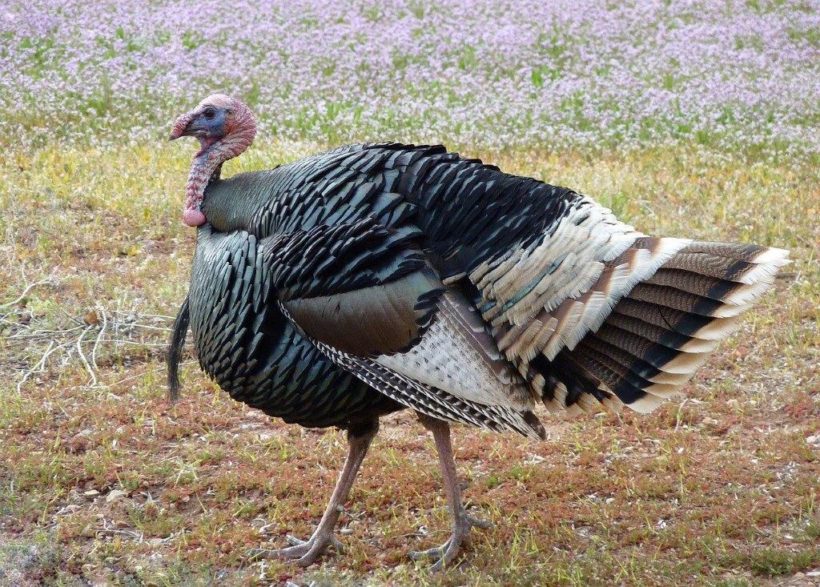Turkey Day: Celebrating one of America’s most iconic birds
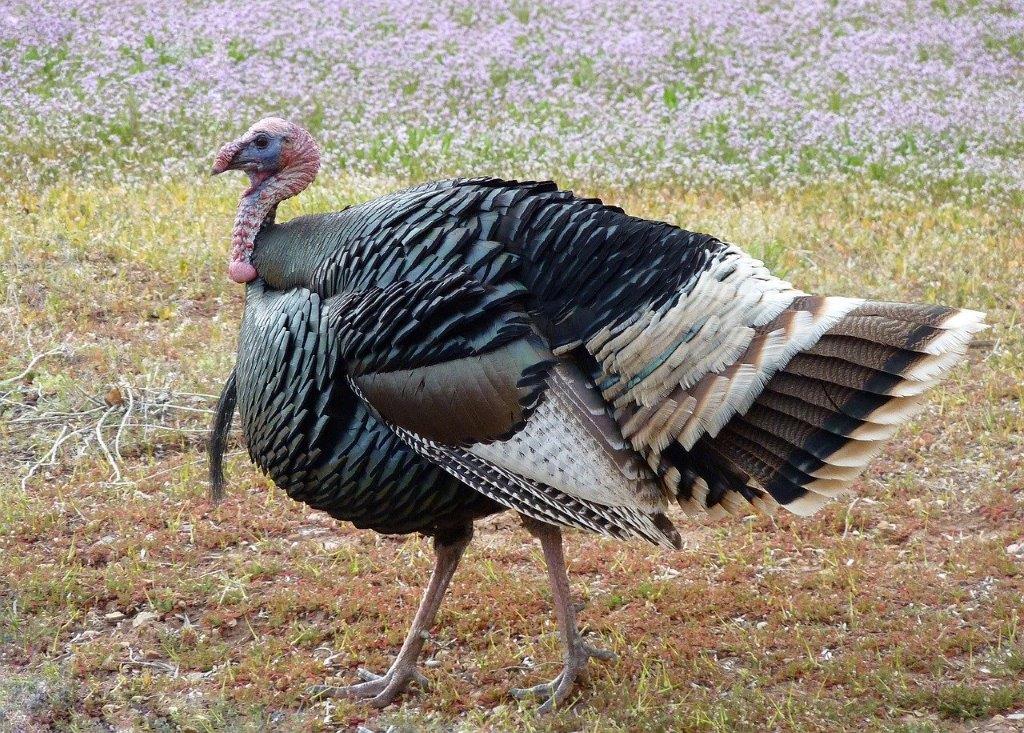
This feathered forager may rule the Thanksgiving menu but how much do you actually know about our friend the wild turkey?
Myth busting
Was the turkey almost our national bird at the behest of Benjamin Franklin? It turns out this commonly repeated story is just a myth. The origin of the legend likely comes from a letter he once wrote to his daughter in which he opined that the design for the Great Seal more closely resembled a turkey than an eagle. He went on to write that the bald eagle is ‘of bad moral character’, ‘lazy’, and a ‘coward’, and was therefore ‘not displeased’ that the figure resembled a turkey which is a ‘much more respectable bird’.
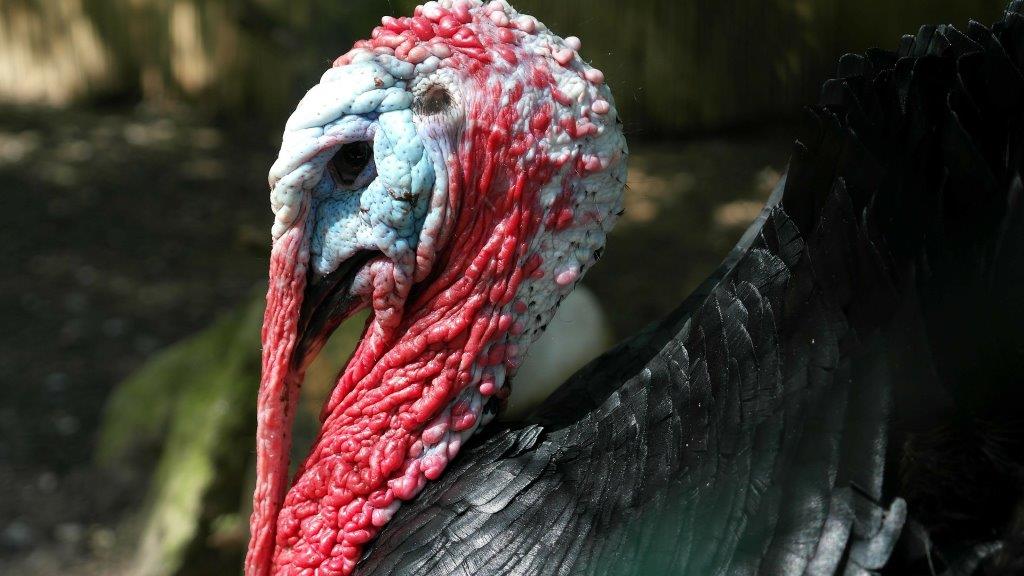
Snoods and Wattles
All wild turkeys (Meleagris gallopavo) have a fleshy bit of skin that protrudes from the forehead called a ‘snood’ and a flap of loose skin on their necks called a ‘wattle’. The length and color vary greatly depending on whether it’s a male (tom) or a female (hen), as well as their emotional state. Like a mood ring, turkeys’ snoods and wattles turn a bright shade of red during mating displays or aggressive encounters, but turn blue when they feel threatened. A pale snood means the bird is relaxed, but too pale can mean it’s unwell.
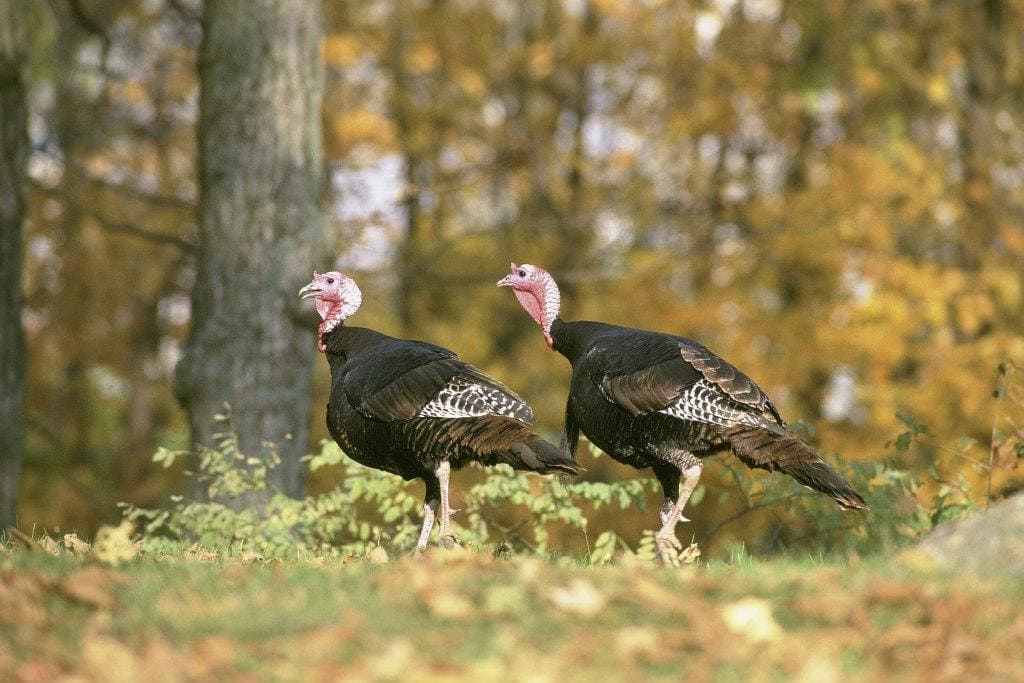
Scat-egories
When it comes to toms and hens, there’s more that separates them than just snood length. Interested in whether the feathered friend in your yard is a guy or gal? Check the ground! Males leave their droppings in a shape of the letter ‘j’ while females leave more of a spiral. Like many birds, turkeys have a cloaca – a duct used for both reproduction and waste excretion. Hens lay eggs so the area is naturally large and stretchy leading to spiral bunching. In contrast, male cloacas also hold their reproductive organs so the canal is much narrower, producing a straighter line of waste. The more you know!
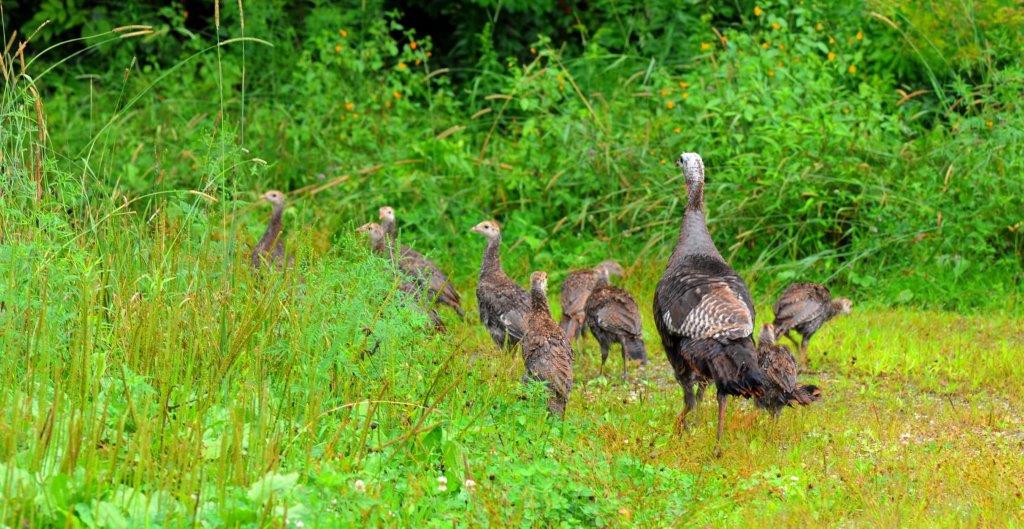
Turkey Terminology
Looking to describe a turkey with an abundance of specificity? You’re in luck! Here’s the run down on turkey talk: A male turkey is a ‘tom’ or ‘gobbler’, but a young male is a ‘jake’. A female turkey is a ‘hen’ and her younger counterpart is a ‘jenny’. You can refer to baby turkeys as ‘poults’, but call a group of two or more adults a ‘rafter’. Pro tip: Before you call them anything, ask where they’re from – there are six subspecies found between Canada and Central America.
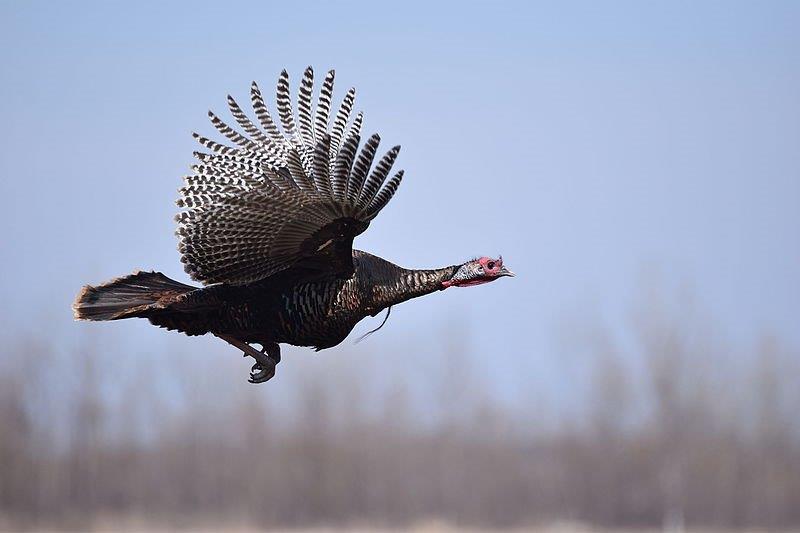
Flying turkey: Andy Reago & Chrissy McClarren [CC BY 2.0]
It’s a bird! It’s a plane! Wait, hold on – it’s a bird.
Despite their size and shape, wild turkeys are able to fly for short distances at speeds up to 55 mph. This helps them get into trees to roost overnight and make a quick getaway in a pinch. Stuck on the ground? The birds’ powerful legs can propel them forward at 25 mph – much faster than the average human. That’s not all; wild turkeys are also proficient swimmers if forced to get in the water.

Teddy Roosevelt and a Conservation Success Story
When Europeans first began their conquest of North America, they found a seemingly unlimited number of a bird that reminded them of the guinea fowl, a familiar food source back home. Over the years the turkey faced intense pressure from unrestricted hunting and habitat destruction leading them to the brink of extinction. By the early 1900s there were only about 30,000 individuals left and many assumed they would be gone forever until concerned conservationists like Theodore Roosevelt and George Bird Grinner fought for critical protections that saved both the wildlife and the landscapes they depend upon.
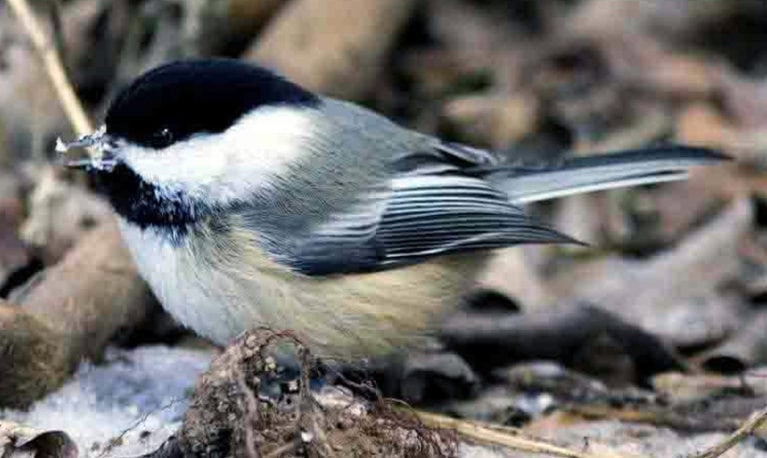
Upcoming program: Christmas Bird Count
December 14 @ 8:00 am – 12:00 pm
Celebrate nature this holiday season by helping Teatown educators in this important census to count wintering birds. The information gathered is compiled and sent to The National Audubon Society which uses the information to monitor trends in populations and other conservation issues that impact avian health. Dress for the weather, bring binoculars. For adults.
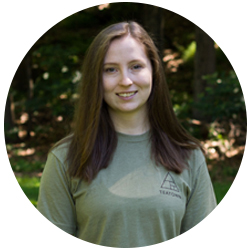
About the Author
Nadya Hall
Nadya has her master’s in environmental policy with a focus on human-wildlife coexistence. She is passionate about the conservation of wildlife and wild places through science, advocacy, and environmental education.


